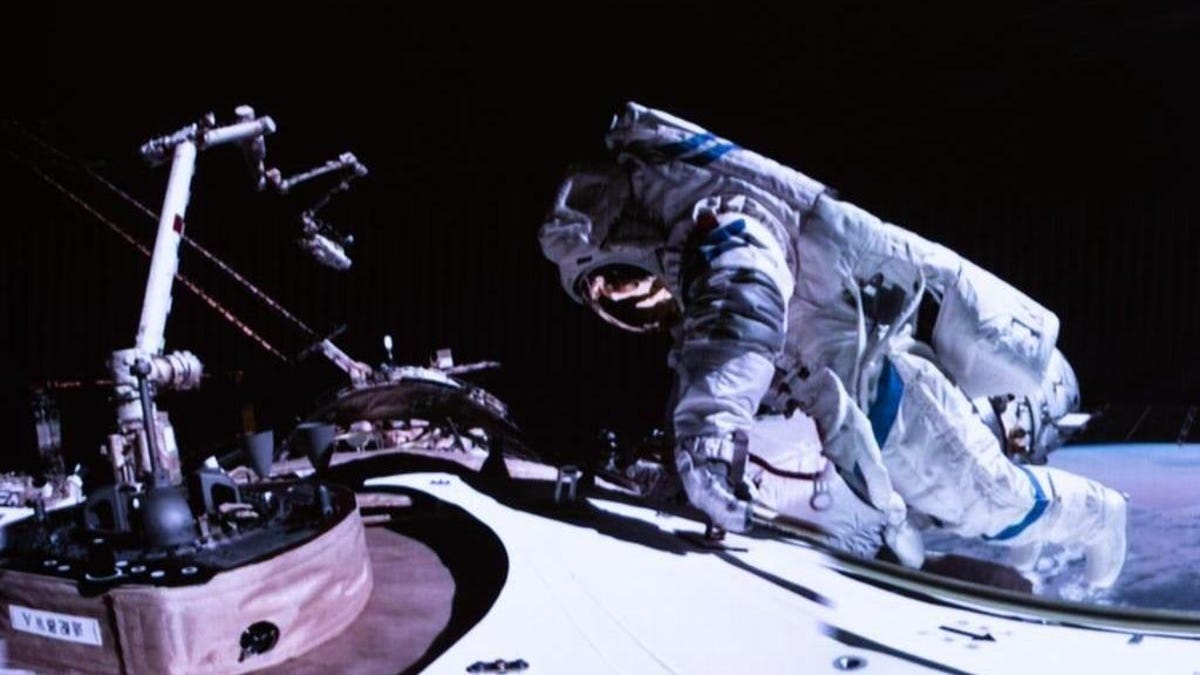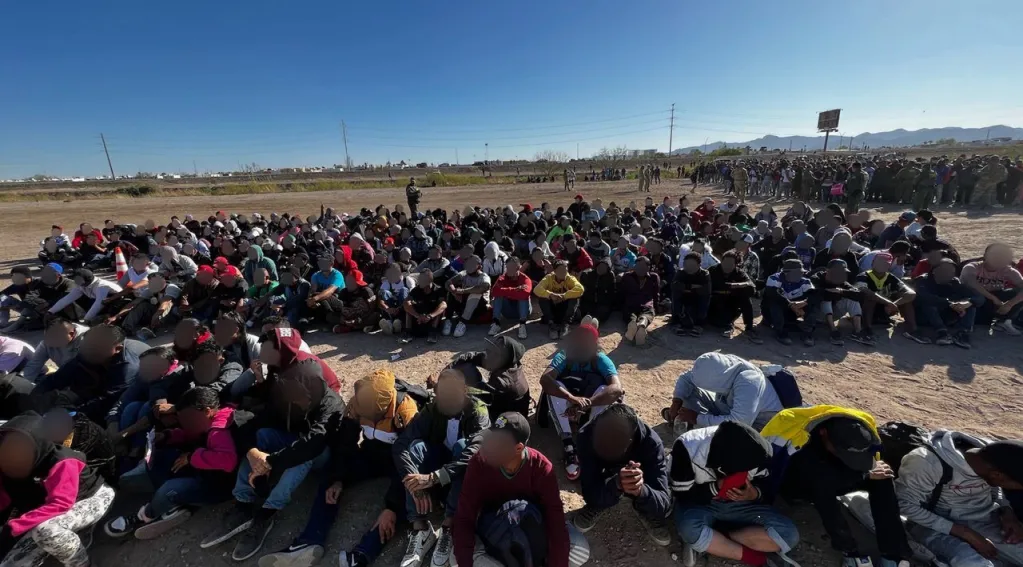China’s Space Station Crew Conducts Historic Spacewalks
During the winter season, the crew of China’s Tiangong space station engaged in two significant spacewalks aimed at repairing the damaged solar wings attached to the station’s core module. The damage was caused by space debris impacting the station, resulting in a partial loss of power in the core module named Tianhe.
First-Ever Repair Work Conducted by Chinese Astronauts in Orbit
This series of spacewalks marked a historic moment for China’s space program as it was the first time its astronauts had to perform repair work while in orbit. The repairs were necessary to fix the core module’s solar wings, which were impaired due to the impact of space debris on the power cables.
The Shenzhou 17 crew members, including astronauts Tang Hongbo, Tang Shengjie, and Jiang Xinlin, spent nearly 16 hours tethered to the space station during the two spacewalks. The first spacewalk occurred on December 1, 2023, followed by the second one on March 1, 2024, according to the China Manned Space Agency (CMSA).
Following the successful completion of the repairs, the space station’s solar arrays are now fully operational, as reported by Xinhua. The repairs were crucial to ensuring the continued functionality of the core module and the overall operation of the Tiangong space station.
Measures Implemented to Safeguard Against Future Incidents
In response to the incident that led to the damage of the solar wings, the Chinese space agency has adopted preventative measures to address the risks posed by space debris. Lin Xiqiang, deputy director of CMSA, stated during a press conference that the agency has enhanced its ability to predict orbits, refined collision warning procedures, and reduced false alarm rates.
To further minimize the risks of space debris impacting the station, a future mission will include reinforcements for extravehicular piping, cables, and critical equipment. Additionally, CMSA will utilize high-definition cameras on the space station’s robotic arm and extravehicular hand-held cameras operated by astronauts to inspect the exterior of Tiangong and assess potential threats from small debris impacts.
Escalating Risks of Space Debris
The recent incident underscores the growing concerns surrounding space debris in orbit, exacerbated by the increasing number of spacecraft being launched. The proliferation of space objects heightens the potential for collisions in space, posing risks to existing satellites and manned space stations.
Earlier this year, a defunct Russian satellite narrowly missed colliding with NASA’s TIMED spacecraft, highlighting the imminent threat of space debris collisions. Such incidents emphasize the critical importance of implementing effective measures to protect space assets and ensure the safety of astronauts conducting missions in space.
Image/Photo credit: source url





